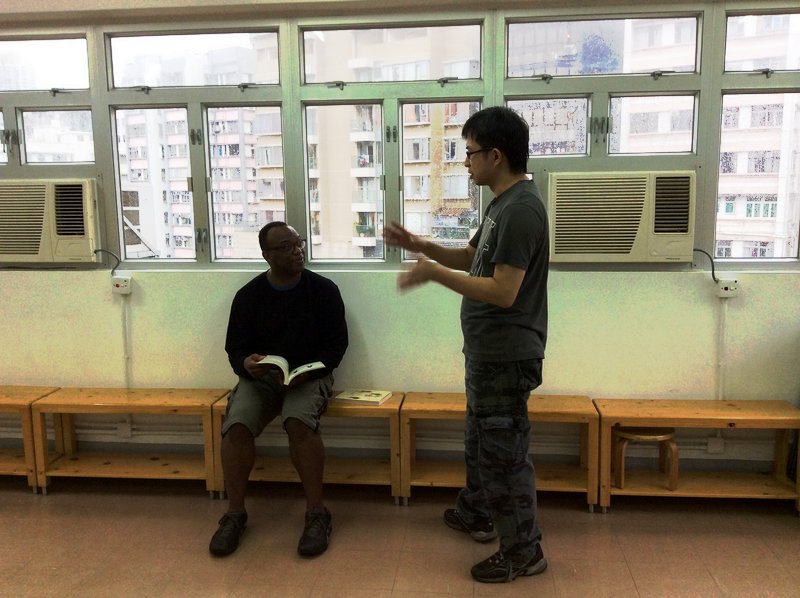Wing Chun begins where other martial arts end. In most arts, you will stop training at the point of contact or sparring exercises. You may notice that everything that you learned up to that point seems to fall apart once you get close to someone who wants to hit you. That drowning sensation is occurring because you are losing both time and space as well as the mental capacity to control each variable. Wing Chun solves this problem by starting your training close to an opponent and teaching you to relax there.
Chi Sao was designed, specifically, to train your body to make small adjustments to control and enter space at the center. Quite literally, Chi Sao teaches you a new language using biomechanics and neural reflexes instead of words. The basic language of hands, joints and arms is as follows: tan sao (or A), bong sao (or B), and fuk sao (or C). Tan sao and bong sao are specific shapes along a continuum of movement in Wing Chun that exist only momentarily before transitioning from one to the other. Their purpose, essentially, is to occupy and enter space at the center. Fuk sao (or C) is a resting hand.

Chi Sao, always occurring in close contact with a training partner, teaches you to “feel” what your opponent is trying to do, and what you can do to occupy their space. Initially, you will learn to change from A to C using both sides of the body independently. In about 3 to five months, your brain will have a capacity to structure strings of letters so you will have separate dialogues happening in both arms: ACB, CBA, CABCABAABC. This training rewires your brain (similar to learning a new language) so you can parallel process large amounts of information without thinking. The basic goal of the training is to teach your unconscious mind–your hands and arms–to do conscious things that disrupt an opponent’s sense of confidence and centeredness without you needing to do too much.
Chi Sao is a fluid and dynamic experience that is very much alive! You may realize after training this way, that no two people feel the same when you make contact with them similar to going to the zoo and looking at animals: zebra, lion, elephant, and monkey. It teaches you that the real nature of a person is often beneath the surface. While practicing Chi Sao, don’t be surprised that the quiet accountant is actually the most aggressive person in the room; or, that the biker who is covered in tattoos is really quite timid for all her loud talk. Often, we invent our own stories and perpetuate them to survive life’s stress. Chi Sao is a new language that teaches your body to relax at the center.
Because all movements in martial arts contain a mathematical pattern or signal, Chi Sao is designed to hone your reflexes and “sensing apparatus” to detect even the smallest difference. This insight gives you an unprecedented ability to stop events before they happen as the muscular training in other arts mean that their movements provide you with massive amounts of data before a punch is thrown or a foot leaves the ground, through contact. The other hidden jewel is that this new language that you learned — the A, B, and C of movement– translate across all arts so you can detect and disrupt the organizing principles of that art without having ever learned it, similar to pushing at a pitcher’s elbow with two fingers just before he releases the ball. It will not land on target.
| I chose this video because it shows beginners learning to use the language of chi sao to deal with their teacher of Sifu, Michael Tse. Hopefully, you will see that Michael is very relaxed! He steps toward their center; sometimes, he steps back. He takes very little risk and uses small movements to deal with greater activity by his students. There is no time for him to think. He can only react based on feeling and some visual cues. |
